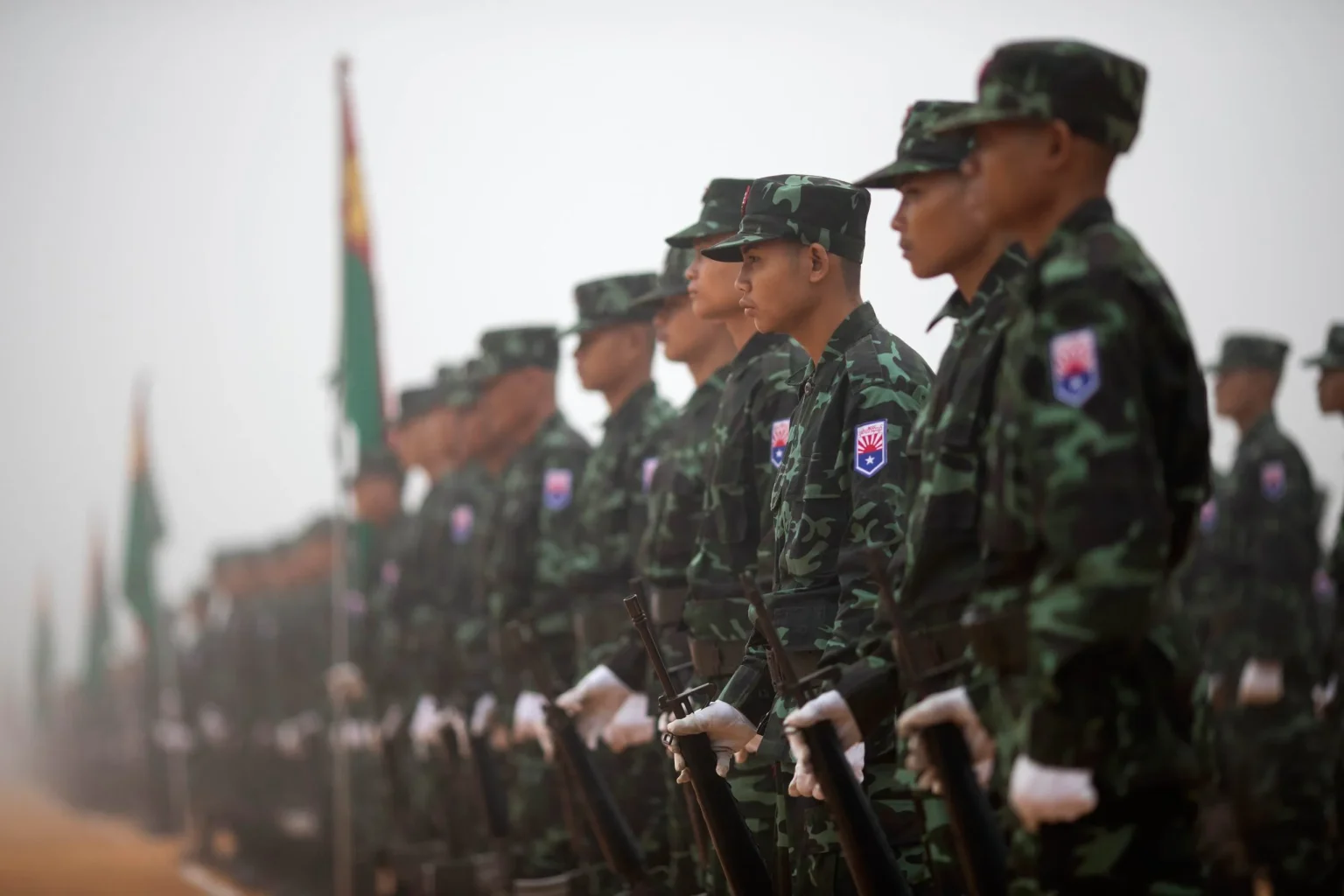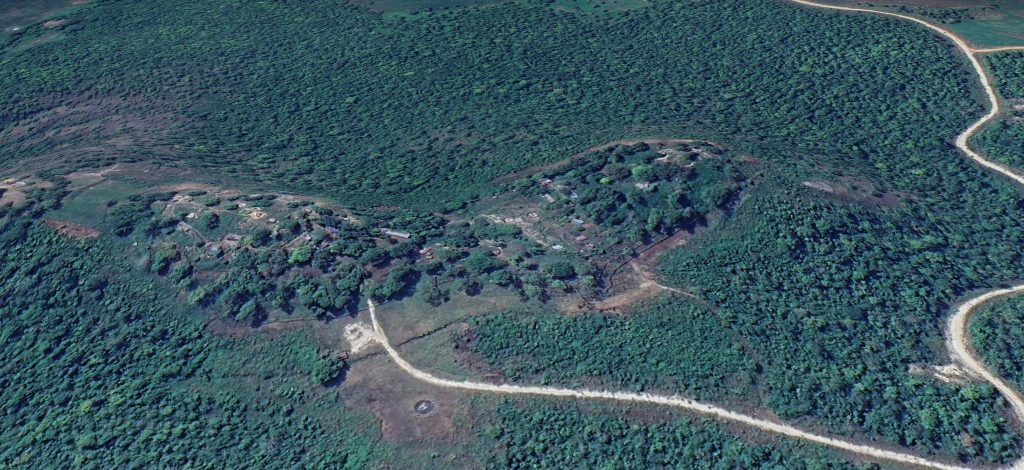
The Karen National Union (KNU) says it is intensifying its attacks on regime targets in southern Myanmar as the military continues to suffer heavy losses in the country’s northeast.
According to the group, forces under its command carried out multiple assaults in Karen (Kayin) State on Thursday, hitting junta positions in the towns of Kyainseikgyi and Kawkareik, as well as two bases near the Thai-Myanmar border.
“Even though we are fighting all the time, we are now increasing the momentum of our military activities because of the operations of the northern groups,” Col Ne Dah Htoo, the tactical commander of the KNU’s Brigade 6, told Myanmar Now.
Last Friday, an alliance of three ethnic armed groups launched a major offensive in northern Shan State. They say they have since captured dozens of junta outposts and four towns, including one on the border with China.
The KNU’s attacks began at around 4am on Thursday, setting off clashes that continued through the day, according to Ne Dah Htoo. The junta deployed Mi-35 helicopters to carry out two attacks on KNU positions at around noon, he added.
Speaking to Myanmar Now at around 5pm on Thursday, he said that fighting had stopped in Kyainseikgyi after the KNU withdrew from the town to avoid endangering civilians but was still ongoing at the other three sites.
“The military council fired heavy artillery and launched a helicopter strike on the town, so we left to prevent harm to the public,” he said.
A resident of Kyainseikgyi said that the sound of heavy weapons being fired began before dawn.
“The sound could be heard all over town. People had to hide inside their houses,” he said.
According to Ne Dah Htoo, 19 people were “affected” by the junta’s assault on Kyainseikgyi, but it was not clear if this meant they had been killed or injured.
He added that four junta soldiers were killed and six others were injured in the fighting, while the KNU side had one dead and two wounded.
The KNU forces also attacked the heavily fortified Kweelontaing base in Kyeikdon Sub-township after blockading it for several days, and the Ka Ne Lay base, which has an artillery unit and a helicopter landing field and is located on a hill in the Waw Lay area of Myawaddy Township.

The other targets were in Kawkareik, which was also attacked last Friday. Offices of the military’s intelligence agency and the Special Branch of its police force located near the centre of town were both set on fire in that attack.
No further details about Thursday’s operations were available at the time of reporting, and the regime has yet to release a statement about the attacks.
On Wednesday, the KNU released a statement claiming that regime forces had shot and killed a 17-year-old girl named Naw Dah Hpaw in eastern Bago Region’s Pyu Township on October 29.
Three others were injured, including a three-year-old child, and some 5,000 people from eight villages were forced to flee as the junta’s Infantry Battalion 439 attacked with heavy weapons and fired from attack helicopters, the statement said.
